How to make a meadow
July 5, 2018
Four years ago, South Downs Way ranger Ben Bessant and National Park ranger Jan Knowlson set themselves the challenge of turning a large patch of nettles into a wildflower meadow. For National Meadows Day, on 7 July, Jan tells us about their work.
Words by Jan Knowlson
We have lost 97 per cent of our meadows in Britain since the 1930s, a shocking statistic. So when the opportunity to convert a large patch of nettles next to the South Downs Way at Itford came along we jumped at the chance – whilst nettles are a great food plant for some butterfly species, a meadow with a variety of native plants can support a much wider range of pollinator species.
With kind permission from the landowner, YHA South Downs, we brought in a local meadow creation expert to see what they thought. After they stopped laughing, they advised that it would be a lot of effort, but could be done.
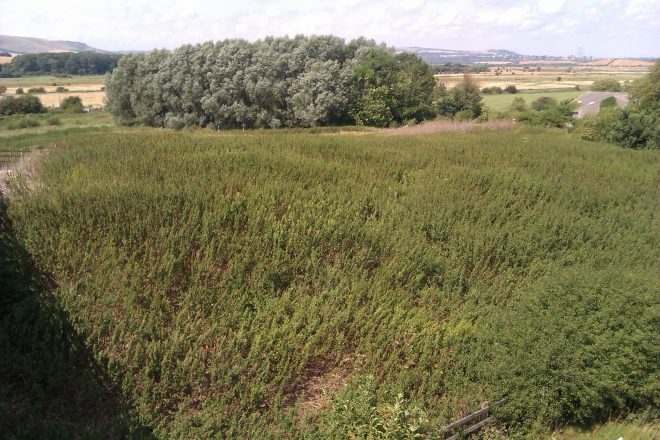
The first year of work was spent clearing nettles and spraying-off the regrowth, clearing again and removing the cuttings to reduce soil fertility – meadow flowers thrive in poorer soils. We needed to make sure that we’d completely removed the nettles’ rhizomes (underground plant stems) so we hired an excavator to take off the top six inches of soil. Then we had to wait to see if there was any regrowth and then cut and treat the area again. For anyone worried about species that love nettles, an enormous patch remains on the other side of the path!
The more time you spend preparing the ground the better chance you have of establishing a meadow. The Google satellites caught it at precisely this moment! It looks brutal but we wanted to create as much bare ground as we could to give the seedlings a better chance of establishing, without competition from stronger, dominant plants such as nettles and thistles. We did get some questions about what was going on.
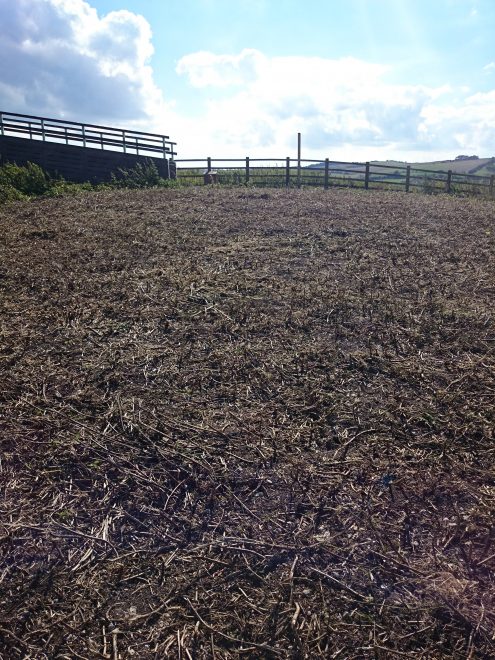
There was a lot of evidence of rabbits so during this first year our fantastic volunteers came out to help us put up rabbit-proof fencing around the area we were going to seed. We needed to stop the rabbits from getting to the seedlings if we wanted the meadow to work.
We sowed the seed the following February and then waited expectantly for summer to arrive. By July the meadow looked incredible, it was so satisfying!
The meadow changes each year. In the first year we saw lots of the big flashy cornfield annuals such as ox-eye daisies and poppies. They were spectacular and I even met one group of walkers who’d left the hill tops specifically to find out what was making the big flash of white down in the valley.
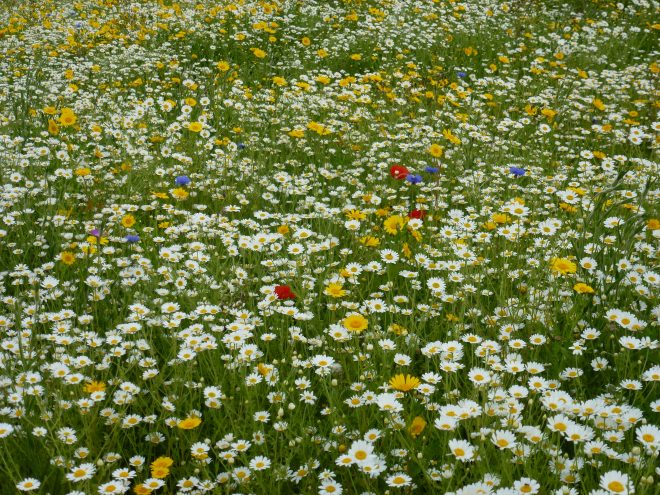
In the second year we started to see some of the perennial species come through. We cut the meadow in July to stop too many of the annuals re-seeding and encourage more diversity – the wider the variety of plants, the more different pollinators will come.
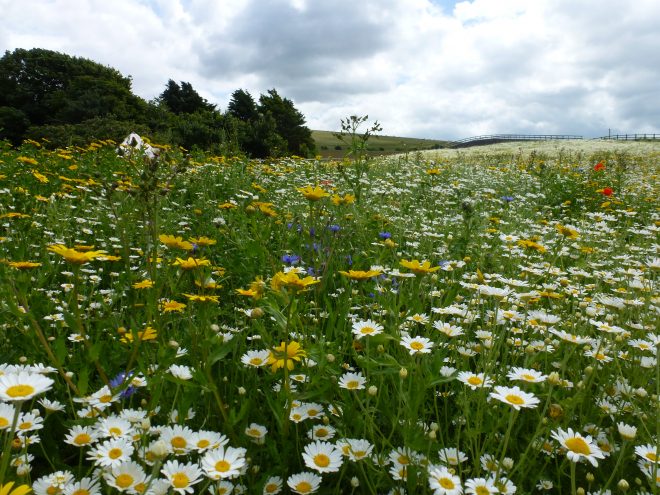 The meadow has to be managed to keep the diversity and so is cut annually and the cuttings removed, to keep soil fertility low. In the past meadows like this would have been managed for hay to feed the farm stock.
The meadow has to be managed to keep the diversity and so is cut annually and the cuttings removed, to keep soil fertility low. In the past meadows like this would have been managed for hay to feed the farm stock.
This year we’re finally seeing the bird’s-foot trefoil, kidney vetch and red clover all flowering for the first time.
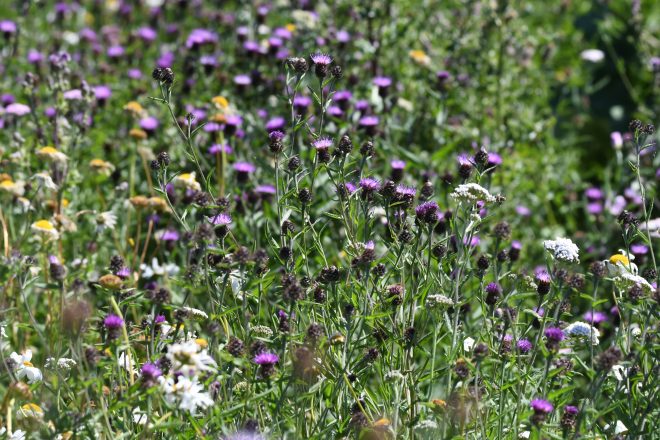
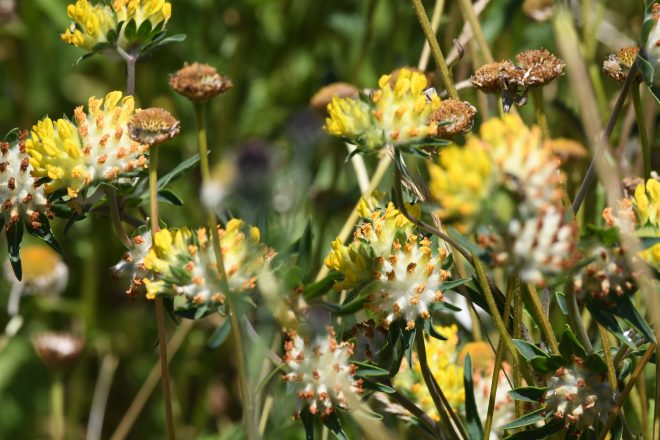
I love our meadow and, being right next to the South Downs Way, thousands of people get to enjoy it. We see their faces change as they come around the corner. Even better it is literally buzzing with pollinators. I’ve spotted butterflies such as the small tortoiseshell, marbled white and common blue as well as lots of different bees and hover flies and in 2019 we plan to start monitoring species more formally.
—
The meadow at YHA SouthDowns is five minutes’ walk east along the South Downs Way from Southease station. Include it as part of one of these walks around the Ouse Valley – it’s a quick detour from the short route and the longer route goes right past it.
